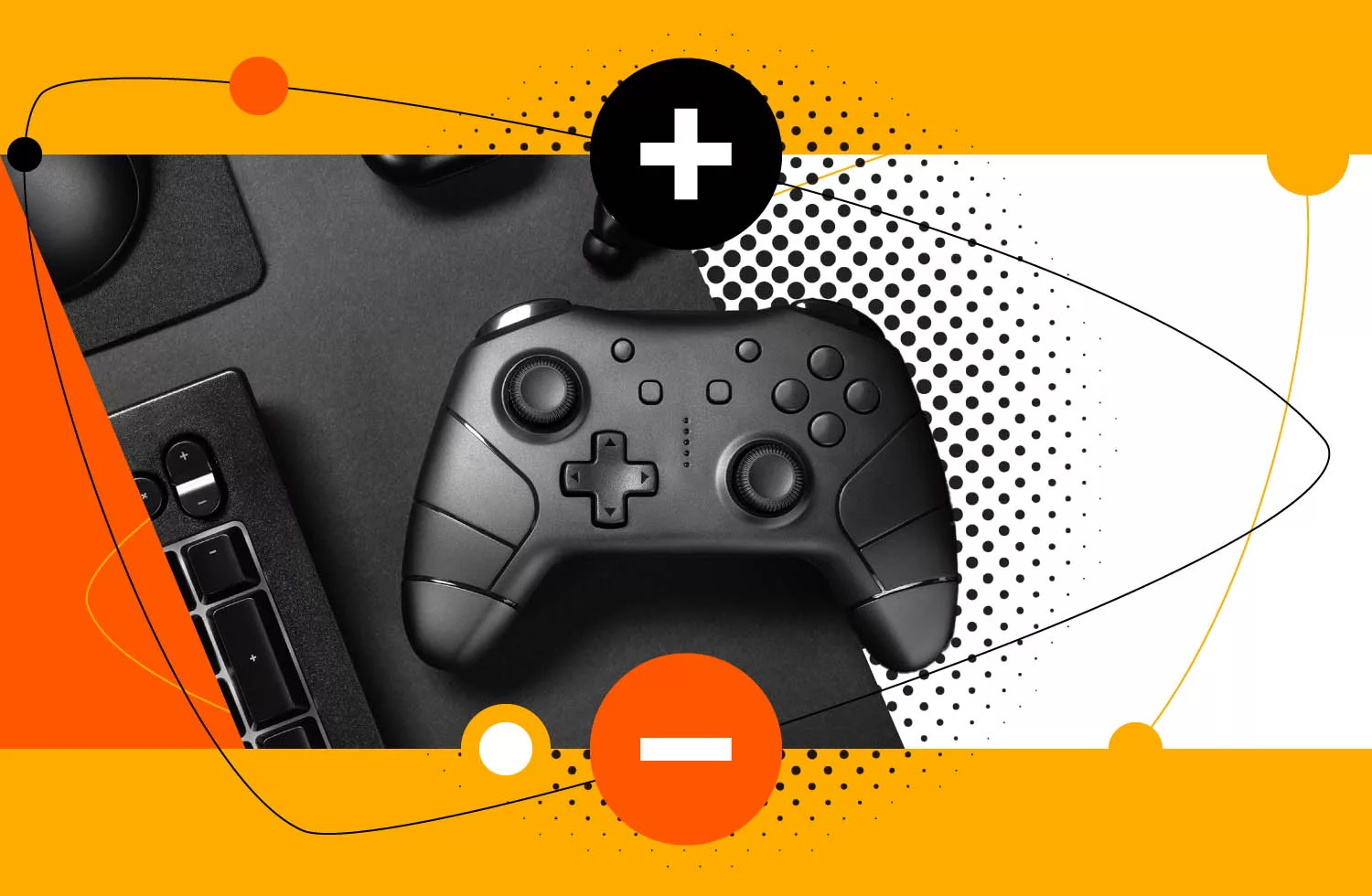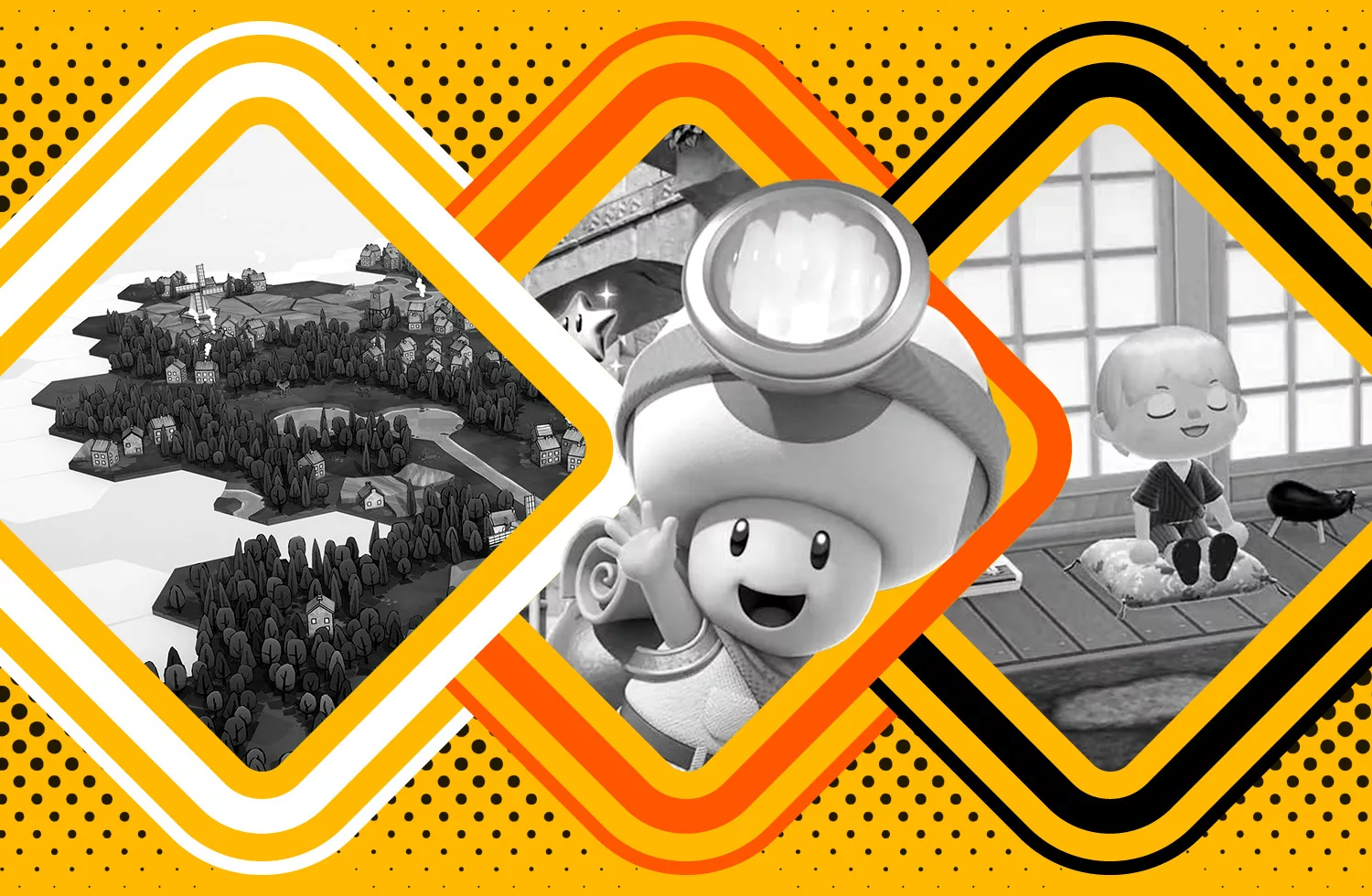
The representation of women in video games is a complicated topic, with a long and often confusing history. This relationship started off strong in many regards, but certain periods of history have thrown a wrench into what might otherwise be true equality. Yet, despite facing so many challenges, female game characters are more popular now than ever before.
Taking a look back at how this world evolved, history paints a picture that is not always fair and flattering. However, as the growing pains for what is a healthier environment than ever before continue to die down, the evolution of female game characters is fascinating. It’s taken a long time, but finally, women in video games are getting the respect they deserve.
Women Players by the Stats
Women account for half of the population, so it would make sense that they would make up around half of video game players. According to 2020 statistics, this is close to being true, with women taking up about 41% of the total gaming space. So — what accounts for this discrepancy between the number of players and how often women in video games appear?
Quite often sociologists regarded the difference in statistics as a difference in how society approached gender norms. For a long time, marketers targeted boys as video game players, with women being targeted for a different range of entertainment products.
Gender Differences in Early Studies
Early arcade video game players demonstrated this fact, with a 1982 study showing only 20% of players were female. The same proved true in a later 1988 study, where only 27 percent of measured console players in the United States were female. Then considered and advertised as more of a men’s pursuit, the downstream effect on the sex divide was unavoidable, and the reduction of women in video games became an inevitable result.
The big changes to this pattern came about simply, as developers took notice of an untapped audience. Games that featured female characters found rapid success, and showed there was considerable room for placing women in video games if the game creators knew where to look.
Transparent Players?
Today, developers understand that it’s not that women don’t play games, it’s more that they tend to move towards different types of games. For example, statistics show that the majority of women play Match-3 and family games, where they represent 69 percent of all players in both instances. On the opposite side are games like tactical shooters, of which 96 percent of players are men.
The Early Women Game Characters
Early women game characters were simple by necessity, where graphical power was so limited that it was difficult to assign a character’s gender at a glance at all. Even in the instances when characters in video games were women, it wasn’t easily possible to adapt them to appear attractive to certain audiences.
This was encouraging at the time, but less overt displays of this attitude soon became obvious.
The most common form this started to take in the late eighties and early nineties was in the reliance of the damsel in distress trope. Rather than being given the lead in their own adventures, women in video games were instead used as a driving force for plot, where their assigned weakness made them passive parts of game stories.
Teething Pains of a Growing Industry
The “darkest days” for women in video games undoubtedly came about in the nineties. Rather than making women simply kick-ass heroes alongside their male counterparts, women became leveraged for their male-driven appeal.
As consoles became capable of showing 3D, developers needed to find a way to show the new dimension off. Sometimes this would center on cutting edge graphics never before possible on home systems. Other times, the idea would be more leveraged by offering characters adorned in small outfits that were aimed to attract a certain male demographic of player.
Women’s Evolution in Video Games
While there were some games and developers who ignored this simple route, the most popular women in video games were still unquestionably those who were deemed the easiest to look at. Some of these women even got movie representations, where they were treated only slightly better than their digital origins
Luckily enough, the longer this went on, and the better graphics got, the more players would see the introduction of these attention-grabbing characters as a sort of cheap substitute for making a more engaging game.
Representation in the Modern World
Heading past the new millennium, the established patterns of women in video games began to change. The “traditional” depictions which long infected gaming slowly began to die out, replaced with examples with far more progressive attitudes.
Women slowly stopped being depicted as victims, working their way into the frontlines alongside their male peers. As women’s characters became more common, they stopped being used as props, with more emphasis placed on developing them as individuals.
Ironically, it was some of the formerly objectified women in video games who eventually became the better illustrations of modern attitudes.
Updated for a new era, characters that used to revolve around lithe and impossibly proportioned figures were rebooted, becoming more than just something to look at.
New Generation, New Heroines
It might have taken years, but, finally, women in video games are increasingly defaulted to being treated like real human beings. Nowhere is this as evident as with the last generation, which brought with it an explosion of extremely well-received female protagonists.
In the eighth console generation, more women have made their way into video games than ever before. Not just as supporting roles, women in video games today are taking up more and more of the hero space.
Women in Future Video Games
Whether fighting aliens in space or exploring murder mysteries in ancient mansions, playable characters are no longer automatically considered to be men first and foremost.
As far as we’ve come, it’s still true that women in video games aren’t as ubiquitous as men. However, if the last generation is anything to go by, this pattern could soon be changing. It makes the next generation more exciting than it would be otherwise, with gaming fans on the edge of their seats to see what comes next.










